Home>Dining>Tableware>What Does 100 Stamped On Silverware Mean
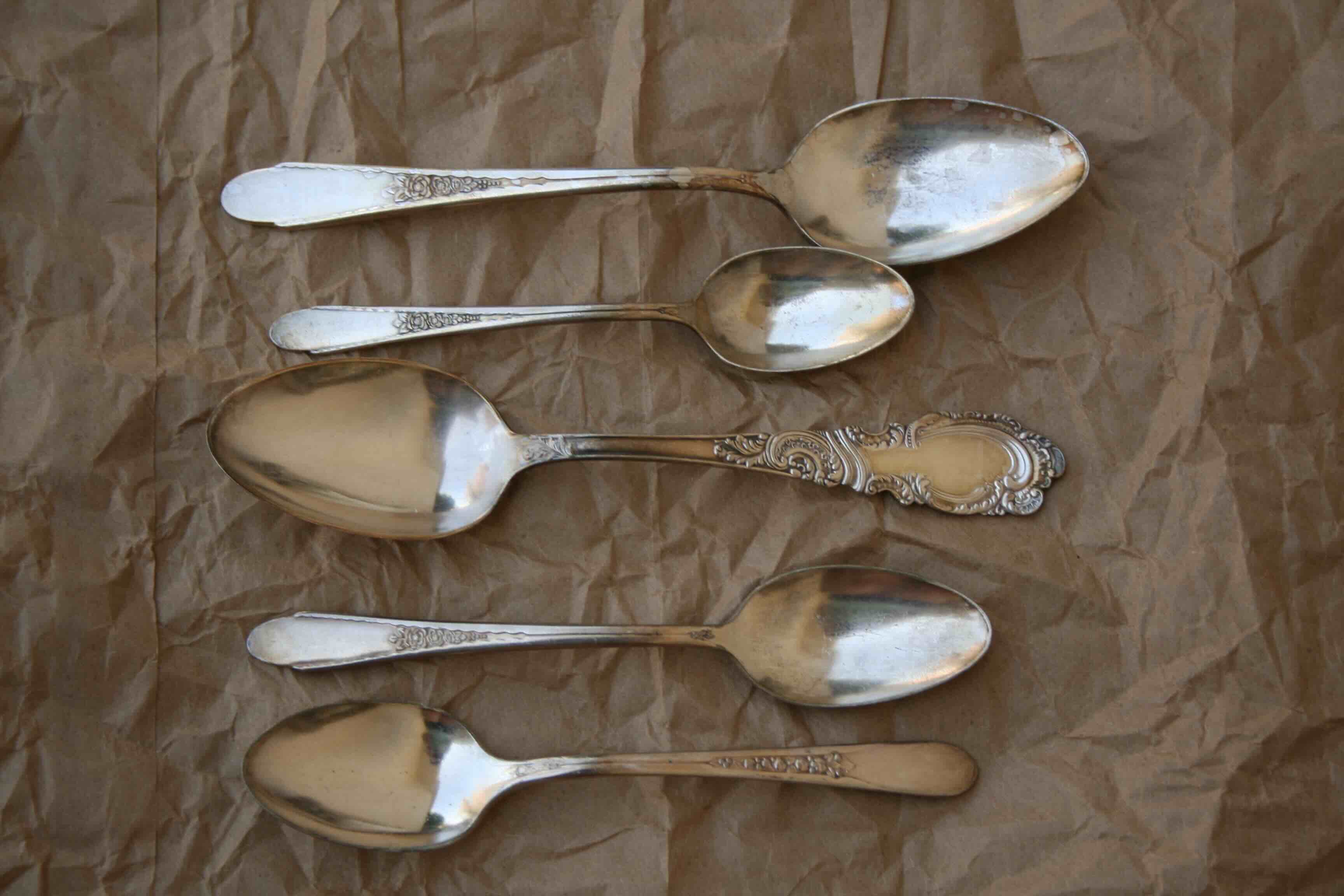

Tableware
What Does 100 Stamped On Silverware Mean
Modified: January 9, 2024
Discover the meaning behind the stamp "100" on silverware and its significance in the world of tableware.
(Many of the links in this article redirect to a specific reviewed product. Your purchase of these products through affiliate links helps to generate commission for Storables.com, at no extra cost. Learn more)
Introduction
Welcome to the fascinating world of stamped silverware! Tableware, with its intricately designed patterns and exquisite craftsmanship, has been a staple in households for centuries. But have you ever noticed a number like “100” stamped on your silverware? What does it mean? In this article, we will delve into the historical significance of stamped silverware, explore the meaning behind the number 100, discuss factors affecting its value, dispel common misconceptions, and provide tips for identifying and caring for stamped silverware.
Stamped silverware holds immense historical and cultural significance. Dating back to ancient civilizations, silverware was a symbol of wealth, status, and refinement. It was often embellished with intricate designs, serving both functional and aesthetic purposes. As time passed, silverware became more accessible, and various markings were introduced to indicate the quality and purity of the silver. One such marking is the number 100.
The number 100, commonly stamped on silverware, represents its silver content. In the case of sterling silver, which is the most common type of silverware, the number 100 signifies that it is composed of 92.5% pure silver, with the remaining 7.5% made up of other metals like copper to provide strength and durability. This specific ratio, known as the “sterling standard,” was established in the 12th century by the English silver industry and is still widely used today.
It’s important to note that not all silverware will have the number 100 stamped on it. Different countries have different standards for marking silverware, and some may use alternative markings such as “925” or “sterling.” Therefore, if you come across silverware without the number 100, it doesn’t necessarily mean it is of lower quality or value.
Several factors can affect the value of stamped silverware. These include the overall condition, the rarity of the pattern or design, the reputation of the maker or manufacturer, and any historical significance attached to the piece. Additionally, if the piece is part of a larger set or collection, its value may be influenced by the completeness and desirability of the set.
Key Takeaways:
- The number 100 stamped on silverware signifies its silver content, typically 92.5% pure silver. Understanding factors affecting value, dispelling misconceptions, and proper care are essential for collectors and enthusiasts.
- Identifying and assessing stamped silverware involves examining hallmarks, evaluating condition, researching makers, and staying informed about market values. Proper care and maintenance are crucial for preserving the beauty and value of silverware.
Read more: What Does 18/10 Mean On Silverware
Historical Significance of Stamped Silverware
Stamped silverware holds a rich historical significance that traces back to ancient civilizations. Silver, with its natural beauty and malleability, has always been treasured for its use in creating intricate and ornate tableware. The practice of stamping silverware with markings originated as a way to authenticate its quality and purity.
The art of silver craftsmanship flourished during the Renaissance period in Europe, with renowned silversmiths creating elaborate silverware pieces for royalty and the elite. These luxurious creations often featured intricate designs, floral motifs, and engravings that showcased the skill and creativity of the artisans.
During this time, hallmarks and stamps were used to indicate the purity and authenticity of silverware, ensuring that consumers were getting genuine silver products. These markings, including the number 100, denoted that the silver content in the piece met the required standards.
As global trade expanded, silverware became highly sought-after, both for its functional use and as a status symbol. The practice of stamping silverware expanded beyond Europe, with other countries incorporating their own markings and standards. For example, in the United States, the use of the “925” mark is prevalent, indicating the same purity level as the number 100.
Stamped silverware also played a significant role in cultural and social customs. In many cultures, silverware was used during special occasions, such as weddings and formal dinners, as a way to showcase wealth and hospitality. The presence of stamped silverware at a table was a sign of elegance and refinement, elevating the dining experience.
Additionally, silverware often carried family crests, monograms, or personalized engravings, passed down through generations. These markings added sentimental value and served as a link to family history and tradition.
The craft of silversmithing has evolved over time, and modern silverware combines traditional techniques with contemporary designs. Stamped silverware continues to be crafted and cherished, with collectors and enthusiasts appreciating both the historical significance and the beauty of these pieces.
Exploring the historical roots of stamped silverware allows us to appreciate the artistry, craftsmanship, and cultural connections embedded in these objects. The stamped markings on silverware not only authenticate their quality but also tell stories of past civilizations, traditions, and societal norms.
Meaning Behind the Number 100 on Silverware
If you’ve ever come across silverware with the number 100 stamped on it, you may wonder what significance this number holds. The number 100, commonly found on silverware, represents the silver content or purity of the piece.
In the case of sterling silver, which is the most common type of silverware, the number 100 signifies that the piece is composed of 92.5% pure silver. The remaining 7.5% is usually made up of other metals like copper, which are added to increase the strength and durability of the silverware.
The use of the number 100 to represent the silver content dates back to the 12th century when the sterling standard was established by the English silver industry. The term “sterling” itself is believed to have originated from the Old Norman French word “esterlin,” meaning little star, which was used to describe a silver penny with a small star on it.
Throughout history, various standards have been used to ensure the quality and purity of silver. In England, the hallmarking system was introduced in the 13th century to regulate silverware production and protect consumers from counterfeit items. The hallmark, a series of symbols and letters, included the purity mark denoting the silver content.
The number 100, or its equivalent markings like “925” or “sterling,” became widely recognized as the hallmark for high-quality silverware. It became an international standard, ensuring consistency and allowing buyers and sellers to easily identify genuine silver pieces.
It’s important to note that not all silverware will have the number 100 stamped on it. Different countries may have their own hallmarking systems and use alternative markings. For example, in France, silverware may be marked with the head of the goddess Minerva, while in Italy, you might find the mark of a tower.
It’s also worth mentioning that while silverware with the number 100 signifies its high silver content, it does not guarantee that it is entirely made of silver. Silver-plated items, where a thin layer of silver is bonded to a base metal, may also carry the number 100 or other silver content markings. Checking for wear or signs of the base metal showing through can help distinguish between solid silver and silver-plated pieces.
The number 100 stamped on silverware is more than just a mark of purity; it represents a tradition of craftsmanship, authenticity, and quality. It is a symbol of the artistry and dedication that goes into creating these beautiful pieces that adorn our dining tables, enriching our everyday experiences and connecting us to centuries of silverware history.
Factors Affecting the Value of Stamped Silverware
The value of stamped silverware can vary depending on several factors. Understanding these factors can help you assess the worth of your silverware collection or make informed decisions when purchasing silverware. Here are some key factors that affect the value of stamped silverware:
1. Condition: The overall condition of the silverware is a crucial factor in determining its value. Pieces that are in excellent condition, with minimal wear, scratches, or dents, are more desirable and tend to have higher value. Proper care and maintenance, such as regular polishing and storage in a protective case, can help preserve the condition of silverware.
2. Rarity and Desirability: The rarity and desirability of the pattern, design, or maker of the silverware can significantly impact its value. Limited edition or discontinued patterns, unique designs, or silverware crafted by renowned silversmiths or prestigious manufacturers are more sought after by collectors and can command higher prices.
3. Historical Significance: Silverware with historical significance or provenance can increase its value. Pieces associated with notable events, famous individuals, or significant periods in history are highly sought after by collectors and enthusiasts. These items offer a tangible connection to the past and hold a special place in the world of silverware collecting.
4. Maker or Manufacturer: The reputation and name of the maker or manufacturer can influence the value of silverware. Established and respected silversmiths or well-known silverware manufacturers often produce higher-quality pieces that are valued for their craftsmanship and attention to detail. Collectors may be willing to pay a premium for silverware from distinguished makers or iconic brands.
5. Completeness of Sets: If you have a set of silverware, the completeness of the set can impact its value. A complete set, including all the necessary utensils and serving pieces, is more desirable and tends to have higher value compared to incomplete sets. Collectors often seek to acquire complete sets to showcase and use for formal occasions.
6. Market Demand: Like any collectible item, the value of silverware can be influenced by market demand. Trends, preferences, and collector interests can impact the perceived value of silverware. While some patterns or styles may be highly sought after at a given time, others may experience fluctuations in demand and subsequently affect their value.
7. Silver Content: While the silver content is significant in determining the value of silverware, pieces with a higher silver content, such as those marked with “100,” are generally more valuable. However, silver-plated items, where a thin layer of silver is bonded to a base metal, will have a lower value compared to solid silver pieces.
By considering these factors, you can gain a better understanding of the value of stamped silverware and make informed decisions when buying, selling, or valuing your collection. It’s essential to consult with experts or appraisers specializing in silverware to get an accurate assessment of the value based on these factors and the current market conditions.
The “100” stamp on silverware indicates that the item is made of 100% pure silver, also known as “coin silver.” This means that the silver content is of high quality and purity.
Common Misconceptions about Stamped Silverware
Stamped silverware carries a certain mystique and fascination, but it is not immune to misconceptions. These misconceptions can lead to misunderstandings about the value, care, and identification of silverware. Let’s debunk some common misconceptions:
1. Everything stamped with the number 100 is pure silver: While the number 100 generally indicates silver content in silverware, it does not guarantee that it is 100% pure silver. Sterling silver, which is usually marked with 100, contains 92.5% silver, with the remaining portion typically made up of other metals like copper.
2. All silverware with a stamp is valuable: Stamped silverware does not automatically translate to high value. The value of silverware is influenced by factors such as condition, rarity, design, and historical significance. Some pieces may have sentimental or decorative value, but may not necessarily hold significant monetary value.
3. Stamped silverware does not need maintenance: While sterling silver is a durable material, it requires proper care and maintenance to preserve its shine and prevent tarnishing. Regular cleaning, polishing, and proper storage are necessary to maintain the beauty and longevity of stamped silverware.
4. All silverware marked “925” is sterling silver: The “925” stamp is commonly used to indicate sterling silver, but it is not the only marking for sterling silver. Different countries may have their own standards and markings, so it’s important to consider other factors, such as the reputation of the manufacturer and the overall quality of the piece, when determining if it is indeed sterling silver.
5. All silver-plated items are low in value: While solid silver pieces generally have more value than silver-plated items, it doesn’t mean that silver-plated items have no value. Antique or vintage silver-plated items, especially those by renowned makers or with intricate designs, can still hold value for collectors or those interested in decorative purposes.
6. Selling stamped silverware is difficult and not profitable: While the silverware market can fluctuate, there is still a demand for high-quality silverware, especially from collectors and enthusiasts. Selling stamped silverware can be profitable if you accurately assess its value, identify the right market or platform, and consider factors such as condition and desirability.
7. All silverware with a stamp is old: Stamped silverware can range from antique to contemporary pieces. Just because a piece has a stamp doesn’t mean it is necessarily old. Silverware can be newly crafted with traditional designs or modern styles that still bear the appropriate markings to indicate silver content.
By dispelling these misconceptions about stamped silverware, we can have a better understanding of its value, care requirements, and market dynamics. It is essential to approach silverware with accurate knowledge and appreciation for its unique qualities and characteristics.
Read more: What Does “IS” On Silverware Stand For
Tips for Identifying and Assessing Stamped Silverware
Identifying and assessing stamped silverware can be an exciting endeavor, whether you’re a collector, enthusiast, or simply curious about the pieces you own. Here are some helpful tips to guide you in determining the authenticity, quality, and value of stamped silverware:
1. Look for hallmarks and stamps: Hallmarks and stamps are the key indicators of silver content and authenticity. Look for markings such as “100,” “925,” or “sterling” to determine if the piece is made of sterling silver. Additionally, check for any additional markings, such as the maker’s mark or country hallmark, which can provide further insights into the piece’s origin and quality.
2. Assess the condition: Examine the overall condition of the silverware. Look for any signs of wear, scratches, dents, or repairs. Pieces in excellent condition will generally have a higher value. However, keep in mind that some minor signs of wear are expected in older pieces and can add to their charm and character.
3. Research the maker or manufacturer: If possible, research the maker or manufacturer of the silverware. Established and reputable silversmiths or well-known silverware manufacturers are more likely to produce higher-quality pieces valued by collectors. Investigate the history, reputation, and craftsmanship associated with the maker to assess the piece’s worth.
4. Consider the pattern or design: Evaluate the pattern or design of the silverware. Certain patterns or designs may be more sought after by collectors, leading to increased value. Look for intricate details, unique motifs, or patterns with historical significance that can enhance the desirability and value of the piece.
5. Seek expert advice or appraisal: If you are uncertain about the authenticity or value of a piece, consult with experts or professional appraisers specializing in silverware. Their expertise can provide valuable insights and help you make informed decisions about buying, selling, or valuing your silverware collection.
6. Consider the weight: Silverware made of solid silver will generally have more weight compared to silver-plated pieces. While this is not a foolproof method to determine purity, it can provide an initial indication of whether a piece is solid silver or silver-plated.
7. Assess the craftsmanship: Examine the craftsmanship of the silverware, paying attention to details such as engravings, joints, and finishes. High-quality craftsmanship and attention to detail indicate skilled craftsmanship and can contribute to the value of the piece.
8. Research market value: Stay updated on the current market value of silverware. Research online platforms, visit antique shops or silverware dealers to get an idea of the current prices for similar pieces. This will help you assess the value of your silverware and make informed decisions when buying or selling.
By applying these tips, you will be better equipped to identify and assess stamped silverware, ensuring that you have a clearer understanding of the piece’s authenticity, quality, and value. Remember, each piece of silverware has its unique story to tell, making this journey of identification and assessment all the more rewarding.
Care and Maintenance of Stamped Silverware
Stamped silverware, with its timeless elegance, requires proper care and maintenance to preserve its beauty and protect it from tarnish and damage. Here are some essential tips for caring for and maintaining your precious silverware:
1. Regular cleaning: To prevent tarnish and maintain the shine of your silverware, clean it regularly. Use a mild, non-abrasive silver polish or a specialized silverware cleaning solution. Gently rub the surface with a soft cloth or sponge, following the instructions on the cleaning product. Rinse thoroughly with warm water and dry completely with a soft, lint-free cloth.
2. Hand washing: Whenever possible, hand wash your silverware rather than using a dishwasher. Dishwashing detergents can be abrasive and may cause scratches or discoloration. Use a mild dishwashing soap and warm water to clean your silverware by hand. Avoid harsh scrubbing or using abrasive materials that can damage the surface.
3. Storing properly: Store your silverware in a dry, cool place, away from direct sunlight and moisture. Exposure to air and humidity can lead to tarnish. Use tarnish-preventive storage bags or anti-tarnish cloth to protect your silverware. Avoid wrapping silverware in plastic or storing it near rubber materials, as these can accelerate tarnishing.
4. Use it regularly: Silverware is meant to be used, so don’t keep it locked away. Regular use can help prevent tarnish and maintain its luster. However, make sure to clean and dry your silverware thoroughly after each use to avoid residue or moisture buildup.
5. Avoid contact with harmful substances: Avoid exposing your silverware to chemicals and substances that can damage the surface. These include household chemicals, perfumes, hair sprays, and chlorine. Take care when using silverware around strong acids or foods containing sulfur, as these can cause tarnish.
6. Gentle handling: When handling your silverware, use soft, non-abrasive cloth or gloves to minimize fingerprints and scratches. Avoid using metal utensils that can cause scratches or dents on the silver surfaces. Take special care when removing silverware from storage to prevent accidental drops or knocks.
7. Professional cleaning and restoration: If your silverware shows signs of heavy tarnish, deep scratches, or damage, consider seeking professional cleaning or restoration services. Professional silversmiths or restoration experts can safely clean and repair your silverware, ensuring it retains its original beauty.
8. Routine inspections: Regularly inspect your silverware for any signs of tarnish, damage, or loose parts. Address any issues promptly to prevent further damage and to maintain the value of your silverware.
With proper care and maintenance, stamped silverware can retain its beauty and value for generations to come. By following these tips, you can enjoy the timeless elegance and charm of your silverware, transforming even the simplest meal into a refined and memorable dining experience.
Conclusion
Stamped silverware carries with it a rich history, captivating designs, and a touch of elegance that has made it a cherished part of households for centuries. Understanding the meaning behind the number 100, the factors that affect its value, and how to care for and identify silverware are essential for collectors, enthusiasts, and those in search of quality tableware.
The number 100, stamped on silverware, signifies the silver content of the piece, particularly in the case of sterling silver, which contains 92.5% pure silver. This represents a tradition established by the English silver industry in the 12th century and serves as a benchmark for quality and authenticity.
When assessing the value of stamped silverware, factors such as condition, rarity, desirability, and historical significance come into play. Understanding these factors allows collectors to appreciate the unique qualities of silverware and make informed decisions when buying, selling, or valuing their collections.
It’s important to dispel common misconceptions about stamped silverware, such as assuming that all pieces with a stamp are valuable or that silver-plated items have no worth. By gaining a more accurate understanding of silverware, we can appreciate its true value, craftsmanship, and historical importance.
Tips for identifying and assessing stamped silverware provide valuable guidance for collectors and enthusiasts. Paying attention to hallmarks and stamps, evaluating the condition, researching makers, considering patterns and designs, seeking expert advice, and staying aware of market values empower individuals in navigating the world of silverware.
Proper care and maintenance contribute to the longevity and beauty of stamped silverware. Regular cleaning, gentle handling, appropriate storage, and avoiding contact with harmful substances all play a role in preserving the shine and value of these treasured pieces.
Stamped silverware continues to be a symbol of refinement, elegance, and craftsmanship. Whether it’s the heirloom passed down through generations or the newly acquired set, silverware adds a touch of sophistication to any dining experience. By embracing its history, understanding its value, and caring for it diligently, we can continue to appreciate the timeless beauty that stamped silverware brings to our tables.
Frequently Asked Questions about What Does 100 Stamped On Silverware Mean
Was this page helpful?
At Storables.com, we guarantee accurate and reliable information. Our content, validated by Expert Board Contributors, is crafted following stringent Editorial Policies. We're committed to providing you with well-researched, expert-backed insights for all your informational needs.



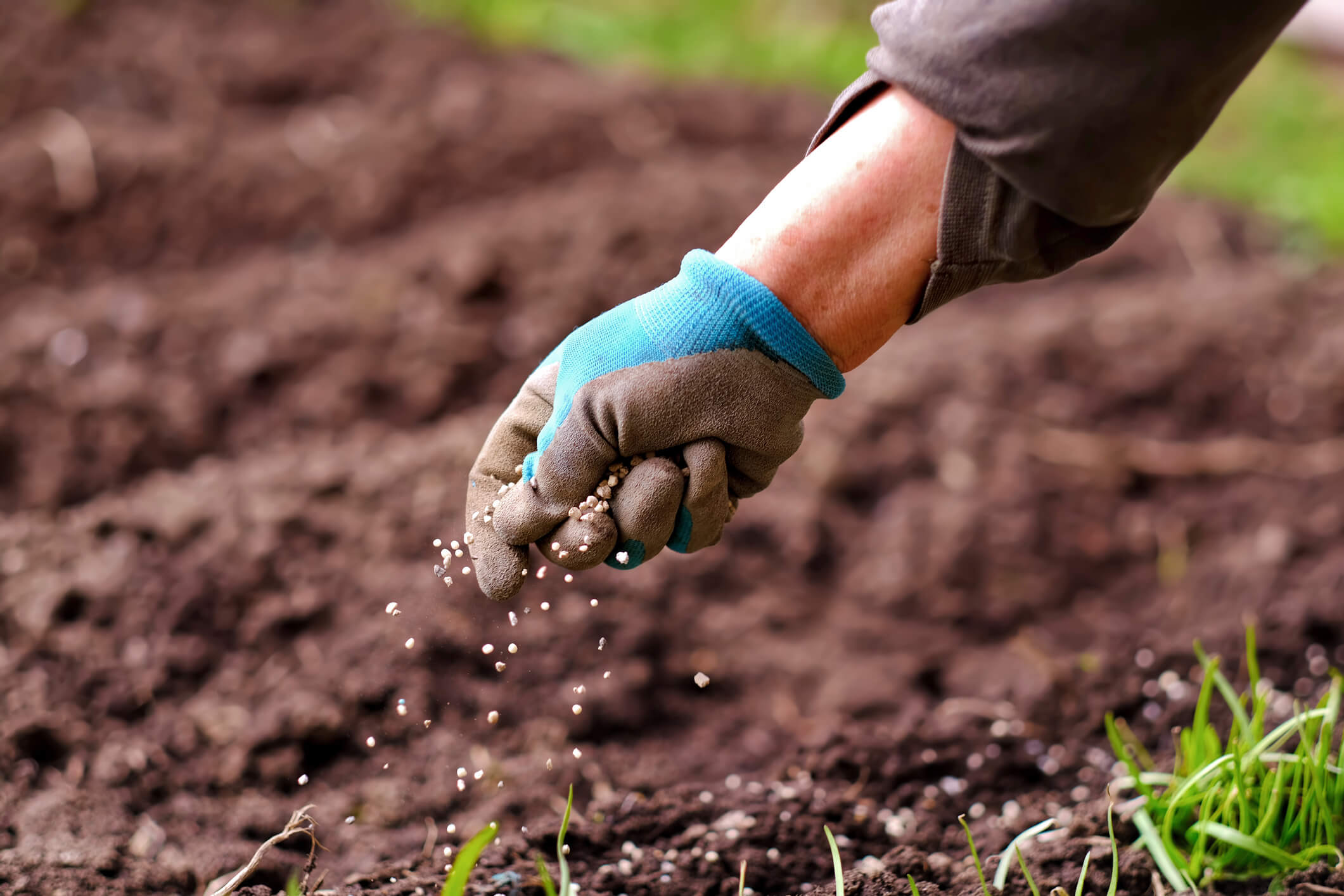


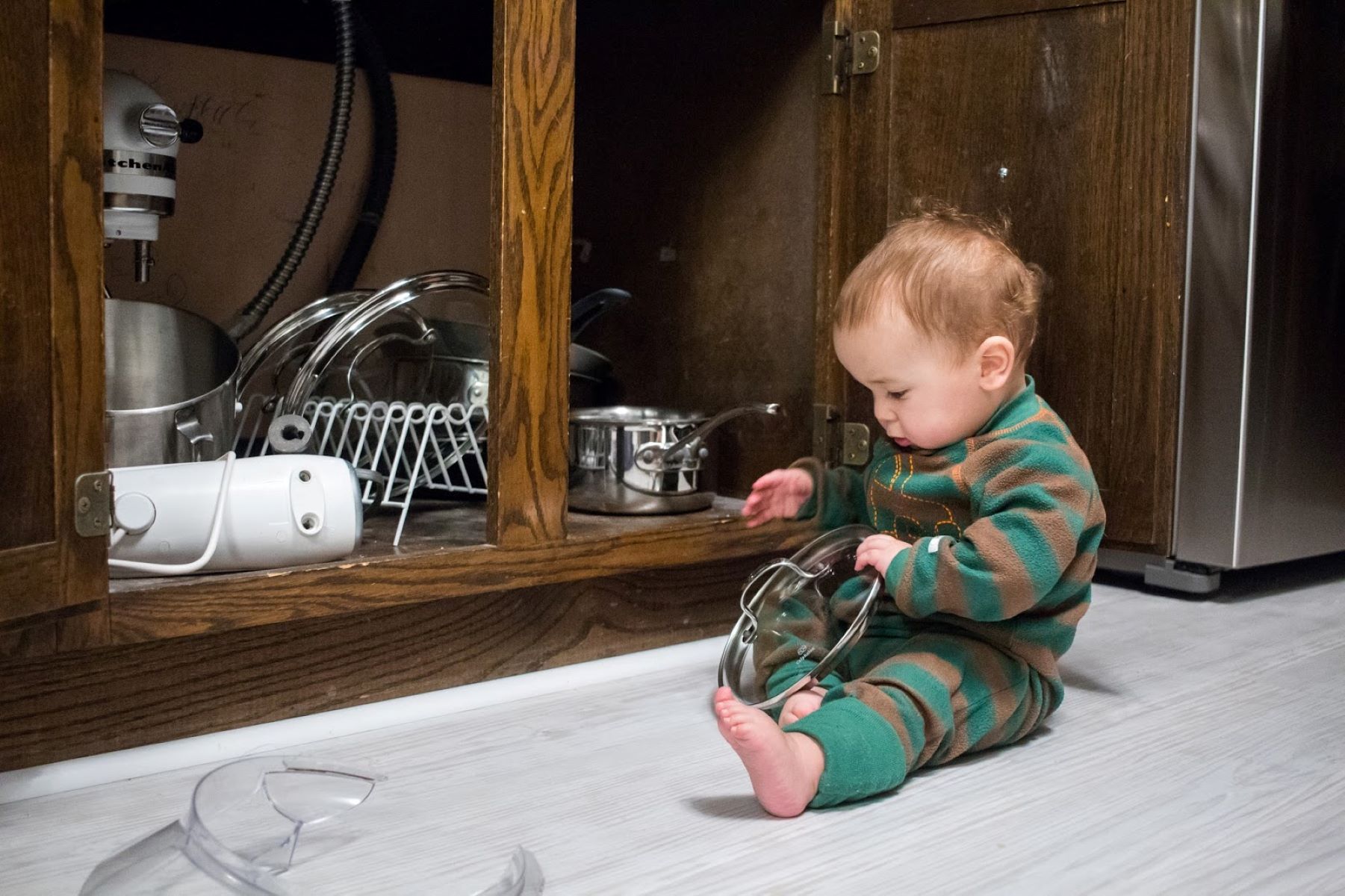




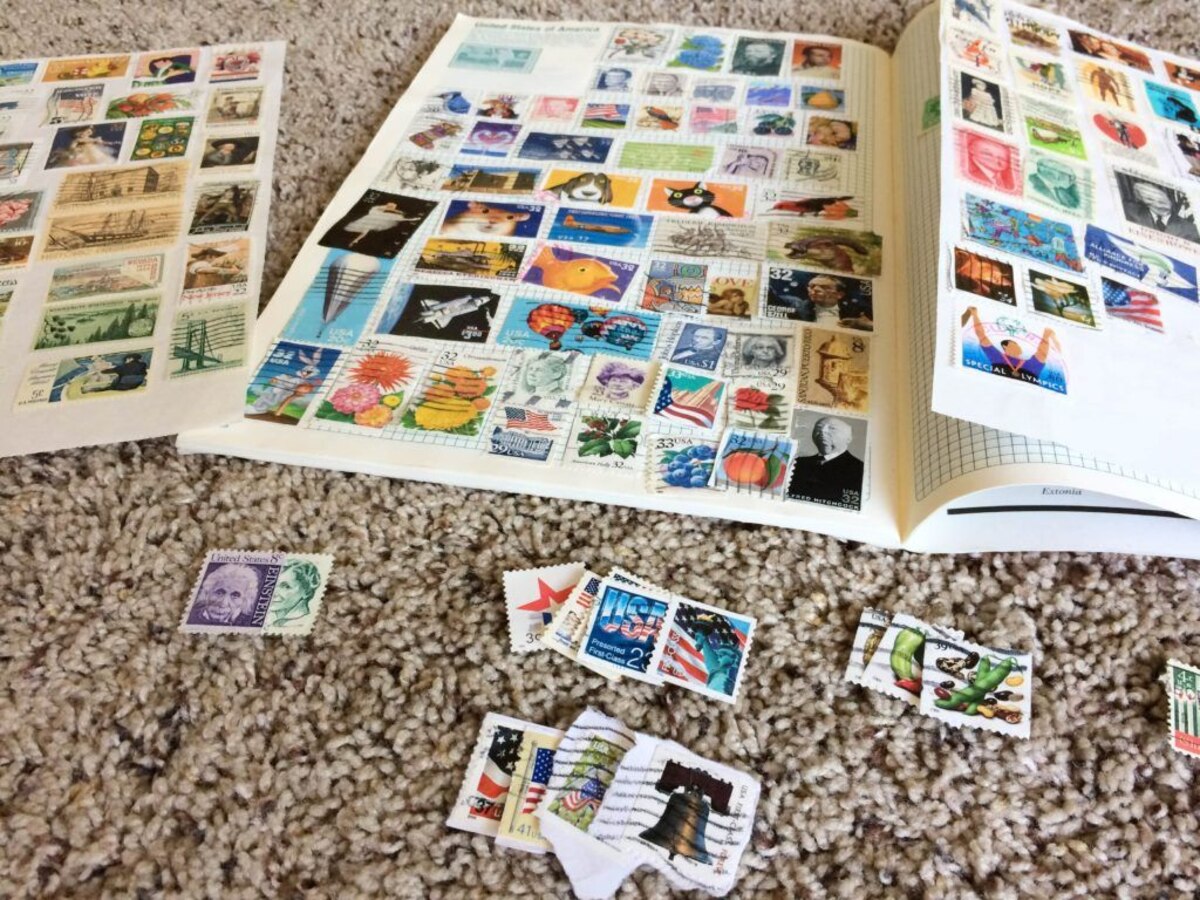
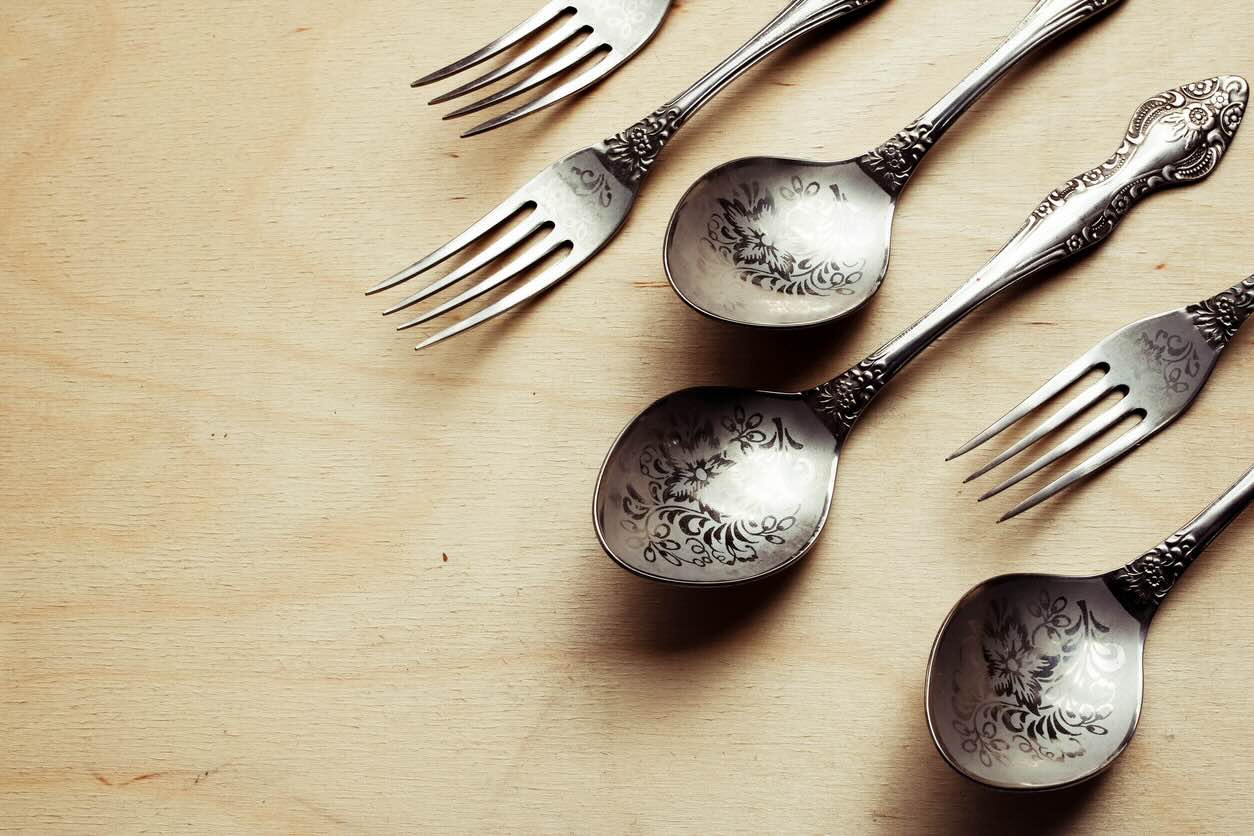
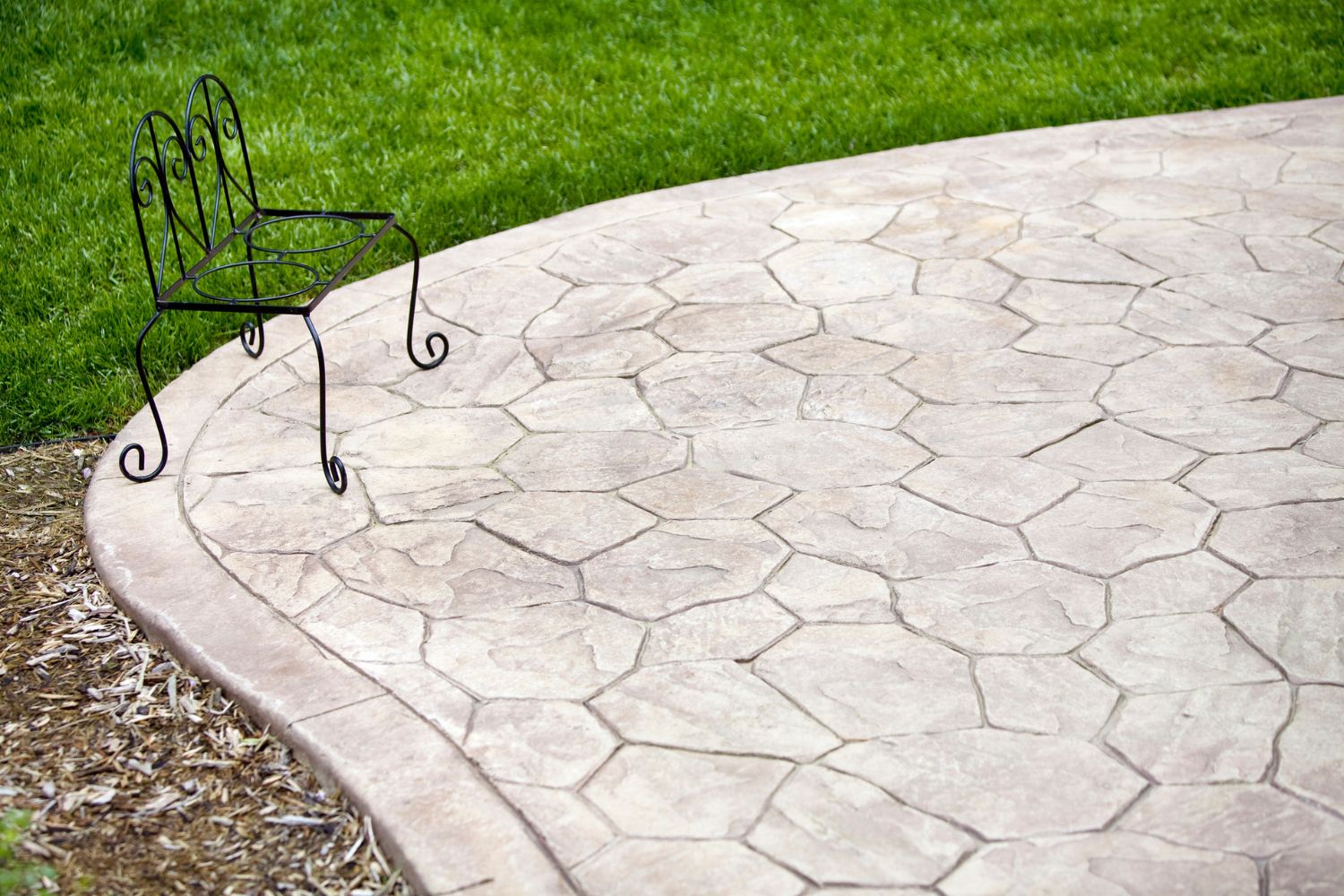

0 thoughts on “What Does 100 Stamped On Silverware Mean”